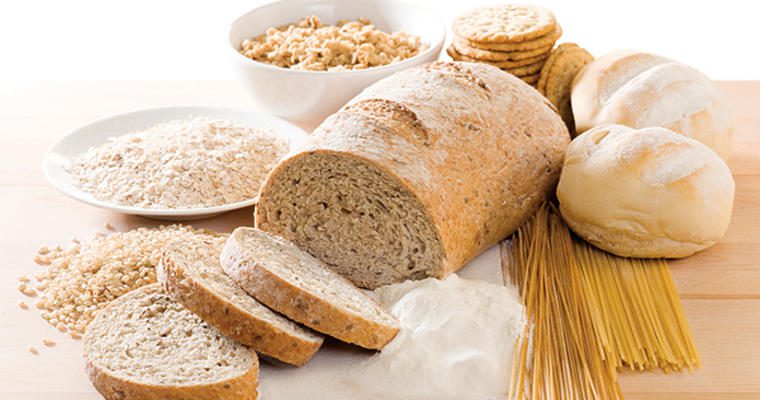What is a Wheat Allergy?
Wheat allergies occur when an individual develops an allergy-causing antibody to proteins found in wheat. The result can produce some pretty serious symptoms. Typically, children are the most prevalent population with a wheat allergy. Fortunately, children who do have wheat allergies often outgrow the allergy by adulthood.
Is Wheat Allergy the Same as Celiac Disease or Gluten Intolerance?
A wheat allergy is NOT the same as celiac disease or gluten intolerance. Celiac disease is a rare auto-immune disease triggered by ingesting gluten, a protein found in wheat, rye, and barley. Gluten intolerance (also known as non-celiac gluten sensitivity) is not a disease or an allergy, but has similar symptoms to celiac disease. Gluten-free products do not contain wheat, rye, or barley. Therefore, those who have a wheat allergy may be limiting themselves by looking for gluten-free products. This deprives them of rye and barley, because gluten-free foods contain exclude those grains as well as wheat.
Wheat Allergy Symptoms
Symptoms of a wheat allergy reaction can range from mild to severe. Symptoms include hives, swelling or itching of the mouth or throat, nasal congestion, headache, itchy or watery eyes, cramps, nausea, or vomiting. The most severe symptom is anaphylaxis—a severe, whole-body allergic reaction that may lead to death if not treated.
Treatments
Totally avoiding wheat is the best treatment. Reading food labels and ingredient lists is essential to understanding which products contain wheat. Many different foods may contain forms of wheat as well. The federal Food Allergen Labeling and Consumer Protection Act (FALCPA), requires that all food products that contain wheat must read “wheat” on the food label. Even if you are familiar with the food product, be sure to check the ingredient list every time you purchase an item that may contain wheat, as these ingredients could change without warning. In the kitchen, avoid cross-contact with other foods by keeping separate appliances for “wheat-free” items, such as a toaster.
Avoid foods that contain wheat or any of these ingredients:
- Breadcrumbs
- Bulgur
- Cereal extract
- Club wheat
- Couscous
- Cracker meal
- Durum
- Einkorn
- Emmer
- Farina
- Flour (all purpose, bread, cake, durum, enriched, graham, high gluten, high protein, instant, pastry, self-rising, soft wheat, steel ground, stone ground, whole wheat)
- Hydrolyzed wheat protein
- Kamut
- Matzoh, matzoh meal (also spelled as matzo, matzah, or matza)
- Pasta
- Seitan
- Semolina
- Spelt
- Sprouted wheat
- Triticale
- Vital wheat gluten
- Wheat (bran, durum, germ, gluten, grass, malt, sprouts, starch)
- Wheat bran hydrolysate
- Wheat germ oil
- Wheat grass
- Wheat protein isolate
- Whole wheat berries
Potential Unexpected Sources of Wheat:
- Glucose syrup
- Surimi
- Soy sauce
- Starch (gelatinized starch, modified starch, modified food starch, vegetable starch)
Keep in mind that it’s always best to contact the manufacturer with your ingredient questions before eating or serving these products to customers or patients. Manufacturers have the most up-to-date information regarding ingredient changes and the manufacturing process, which can help you avoid potential adverse reactions to wheat and wheat products.
Are you a Gordon Food Service customer? Log into Gordon Experience to view additional resources, such as food allergen awareness topics and training.
Additional allergen information regarding wheat can be found in the following areas:
- Gordon Food Service Family of Brands Ingredient Statements
- Food Allergy Research and Education




























